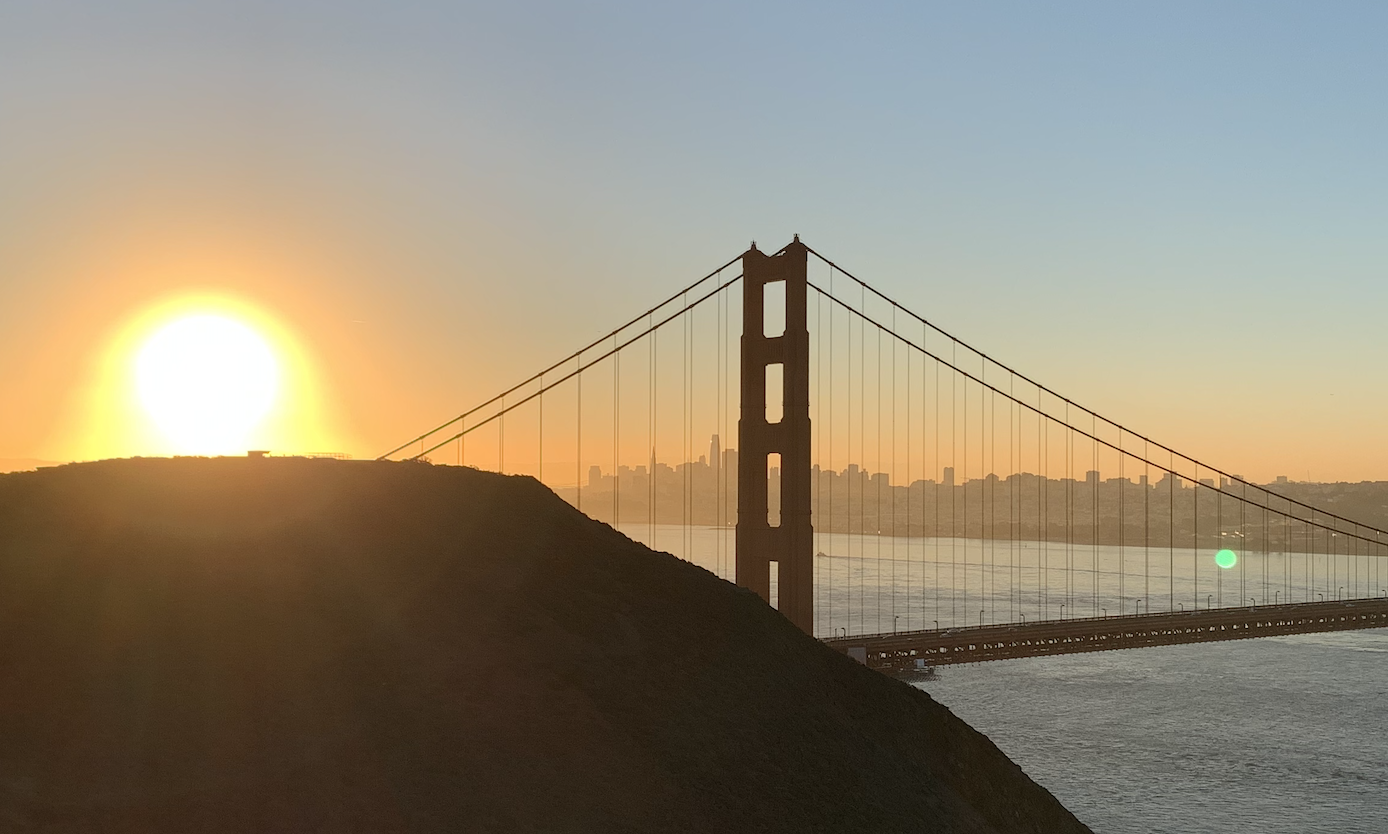tee_nori
TPF Noob!
- Joined
- Oct 15, 2020
- Messages
- 6
- Reaction score
- 4
- Can others edit my Photos
- Photos NOT OK to edit
Hello everyone!
I've been filming a lot of sunset and sunrise videos with my iPhone XS. I've noticed that when the camera is pointed into the sun, this green ball appears on the video...

I've tried polarizing lenses, lens covers / hoods and putting my hand above the lens, but nothing seems to get rid of it.
Does anyone know how to remove this flare?
Thanks so much for any info!
Nori
I've been filming a lot of sunset and sunrise videos with my iPhone XS. I've noticed that when the camera is pointed into the sun, this green ball appears on the video...
I've tried polarizing lenses, lens covers / hoods and putting my hand above the lens, but nothing seems to get rid of it.
Does anyone know how to remove this flare?
Thanks so much for any info!
Nori



![[No title]](/data/xfmg/thumbnail/38/38720-f0f83c1b09a42065eefec8923841d54d.jpg?1734172597)


![[No title]](/data/xfmg/thumbnail/37/37136-40f690dc7da693c09d7c99c3782954b8.jpg?1734169835)



![[No title]](/data/xfmg/thumbnail/37/37134-5a2bb173004bc7a08fdf2124814ebdc1.jpg?1734169835)

![[No title]](/data/xfmg/thumbnail/37/37119-95714aab9befe33ecb7b951366bedc94.jpg?1734169832)
